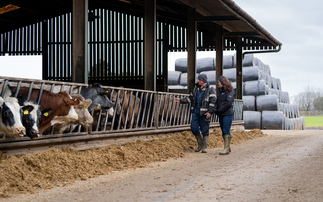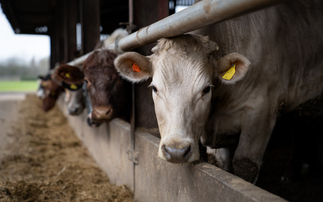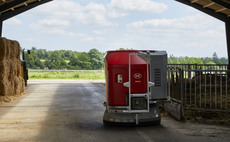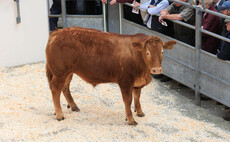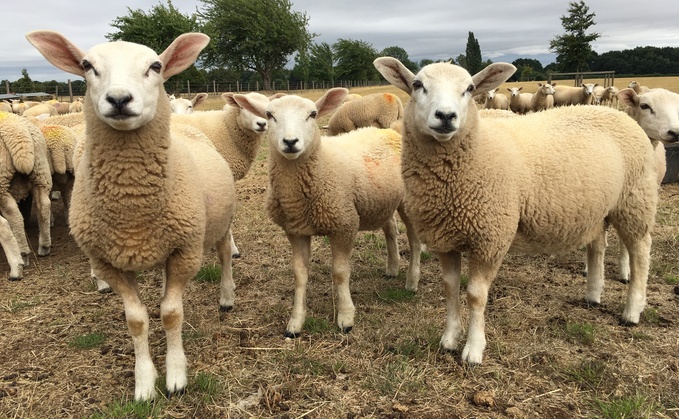
For nearly 40 years anthelmintics (wormers) have been very effective at controlling specific parasites in sheep, but over the past two decades there have been increasing reports of anthelmintic resistance in sheep flocks around the world, including on British and Irish farms, necessitating a review of the way we approach worm control.
Resistance is genetic, meaning worms that possess genes that enable them to survive an anthelmintic treatment will pass these genes onto their offspring, and with ongoing selection for resistance those genes will become more prevalent in each generation.
Worm populations are said to be resistant when more than 5% of the worms survive anthelmintic treatment. However, the poor performance and ill-thrift associated with lack of wormer effectiveness may not become clinically apparent until 50% or more of the worm population are resistant to the active ingredients being used. Implementing practices to reduce selection for resistance before it's too late is critical.
According to SCOPS, the number of cases of anthelmintic resistance in the UK has risen sharply in recent years1.
"The over-reliance on anthelmintics and limited use of other strategies to reduce parasite burdens in flocks has led to this situation where reports of resistance are increasing," explains Sioned Timothy, Ruminant Technical Manager at Boehringer Ingelheim Animal Health.
"Repeated use of the same class of wormers, and the difficulty in identifying low-level anthelmintic resistance, means that some flocks have populations of worms that are nearly entirely resistant to one of more groups of commonly-used wormers.
"Understanding their farm's resistance status should be a focus for all sheep farmers. This will allow better treatment choices to be made."

Why does this matter?
Gastrointestinal (GI) or stomach parasites cause production loss. The impact of parasites on lamb production is estimated to cost the British sheep industry more than £42.3 million2.
These losses come from lamb deaths, delayed finishing times, and increased costs from labour and medicines.
The most common GI worm species that cause production loss include the ‘brown stomach worm' Teladorsagia (Ostertagia) circumcincta, ‘black scour worms' Trichostrongylus colubriformis and Trichostrongylus vitrinus, ‘barber's pole' worm Haemonchus contortus, and ‘stomach hair' worm Nematodirus battus.
The seasonality and clinical signs of a worm challenge in lambs varies slightly by worm species, but all cause reduced appetite and reduced absorption of nutrients. A high worm burden can also significantly reduce daily liveweight gain in lambs without the animals showing any clinical signs, resulting in costly production losses and difficulty finishing lambs.
When outbreaks of clinical disease occur they can be acute, and sudden in onset, with large numbers of lambs showing symptoms and often some deaths occurring.
How to preserve wormer effectiveness
Follow SCOPS guidance on sustainable worm control. This includes reducing reliance on wormers, using best practice when you administer anthelmintics, taking other measures to reduce parasite challenge to susceptible animals, and testing if for resistance.
Ms Timothy provides seven tips for responsible wormer use:
1. Use grazing management and good nutrition strategies to reduce your reliance on wormers.
2. Use diagnostic tests such as faecal egg counts and monitor lamb performance by regularly weighing. Using these tools to assess parasite risk will help ensure high risk animals are treated when necessary, while reducing unnecessary treatment of groups or individual animals.
3. Minimise treatments in adult sheep if they are fit and healthy, as they will have acquired immunity to worm species.
4. Use anthelmintics with the narrowest spectrum of activity to treat the target parasite species. Diagnostic testing can help identify which species are likely to need to be controlled, for example whether a combination fluke and wormer is an appropriate choice or if a single active product could in fact be used. An understanding of parasite seasonality can also help inform these decisions.
5. Administer products correctly and at the right dose, in accordance with the product packaging. Group and weigh all sheep, dosing to the heaviest animal in each group.
5. Preserve a population of non-resistant (susceptible) worms on the pasture by leaving some animals untreated, or turning treated sheep back onto contaminated pasture for a few days. Don't ‘dose and move'.
6. Investigate the efficacy of different anthelmintics in your flock. �������� in England can access funding for this under the Animal Health Pathway. It is important that testing is conducted at the right time of year in an appropriate group of animals. Speak to your vet about testing on your farm.
7. Quarantine all incoming sheep and refer to SCOPS guidelines and seek advice from your vet to determine the most appropriate quarantine treatment strategy for your farm, to reduce the risk of bringing in new or resistant parasites.
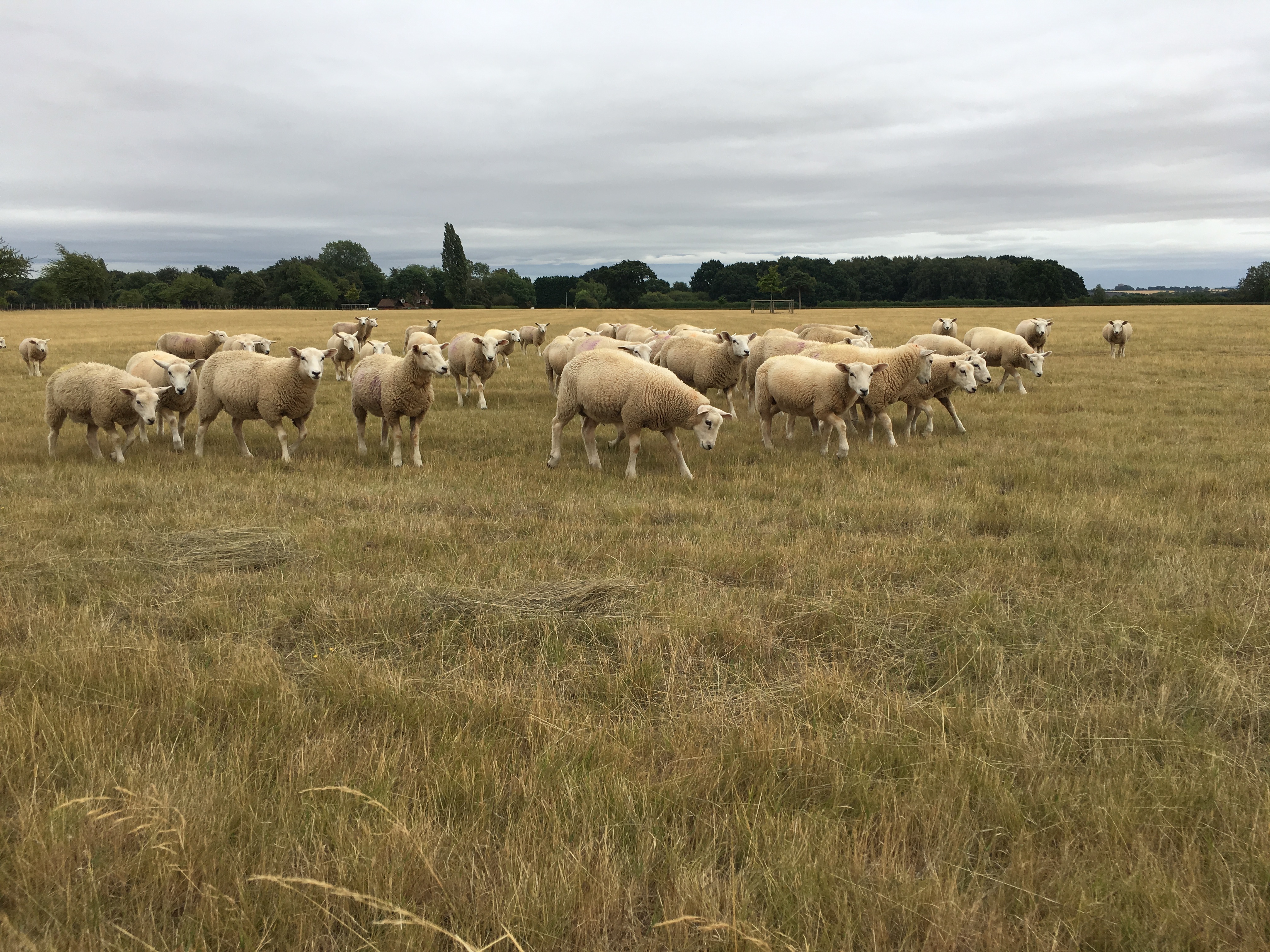
Anthelmintic groups
Anthelmintics are grouped into five colour-coded classes. All of these groups can be used to treat gastrointestinal worms. Although the mechanisms are different, resistance can occur to any of these groups. It is important to recognise what group the products you are using falls into so that overreliance on a single group is avoided where possible.
Group 1 - BZ white benzimidazoles
Group 2 - LV yellow levamisole
Group 3 - ML clear macrocyclic lactones
Group 4 - AD orange amino-acetonitrile derivatives
Group 5 - SI purple spiroindoles
In Wales, a study reported that evidence of resistance to the group 1-BZ anthelmintics had been found on 94% of farms, while resistance to group 2-LV was found in 68%, and 51% to the group 3-ML treatments3.
Whilst there is less evidence of resistance to the newer groups 4-AD and 5-SI, the continued responsible use of these products may help to prolong their effectiveness and that of other anthelmintic groups.
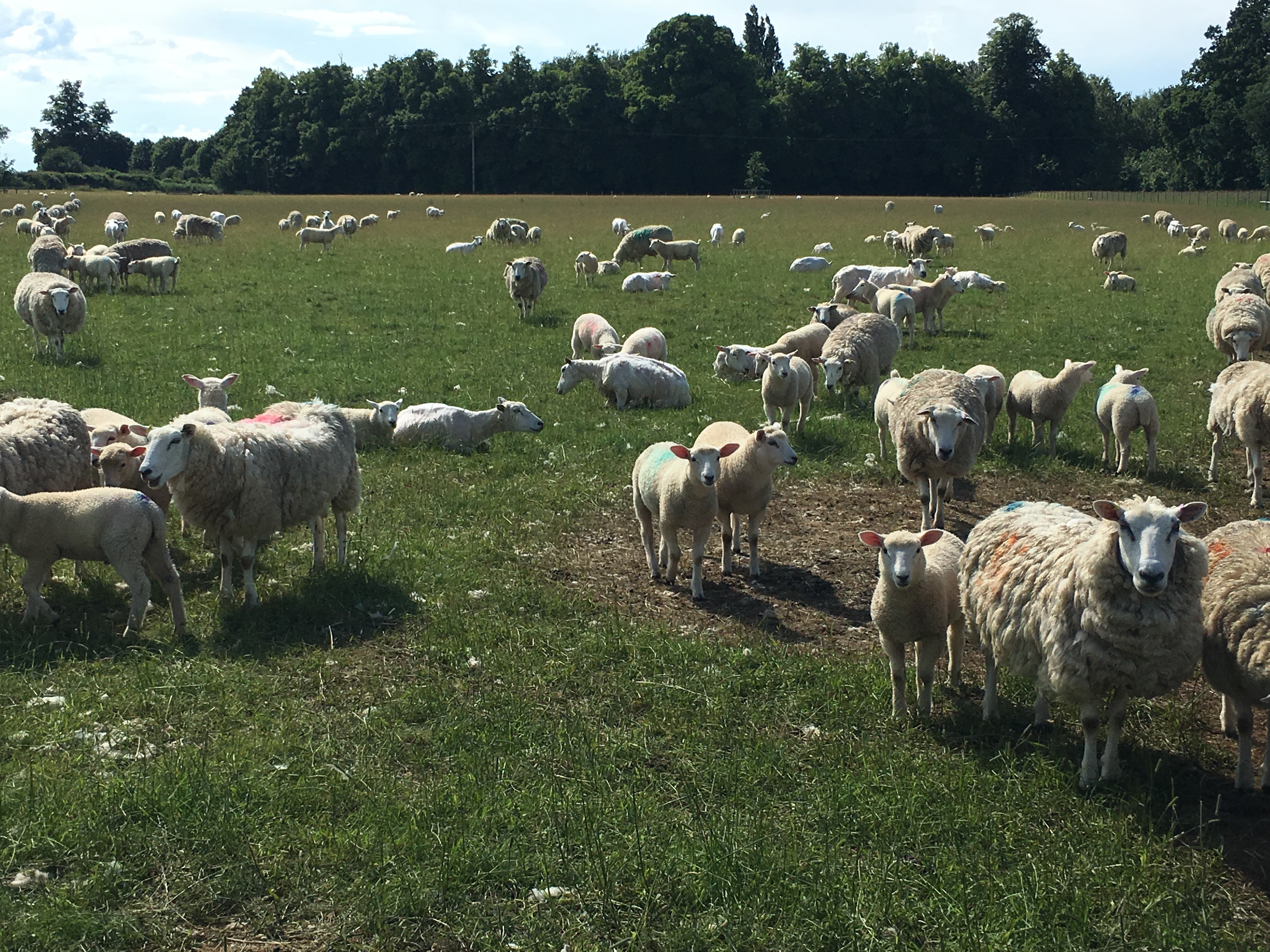
References
1. SCOPS (2022). Prevalence of Anthelmintic Resistance (AR) - the UK Situation [online] Available at: [Accessed 19 July 2023]
2. J. Charlier, et al (2020) Initial assessment of the economic burden of major parasitic helminth infections to the ruminant livestock industry in Europe. Preventive Veterinary Medicine, Volume 182, 105103
3. Hybu Cig Cymru WAARD Project (2015) Anthelmintic Resistance [online] Available at: [Accessed 16 May 2023]
An educational service from Boehringer Ingelheim Animal Health UK Ltd ("BI"). Further information available from BI, RG12 8YS, UK. ©2023. All rights reserved. Date of preparation: May 2023. UI-OVI-0013-2023. Use Medicines Responsibly.
Boehringer Ingelheim Animal Health Business Unit
Boehringer Ingelheim Animal Health is working on first-in-class innovation for the prediction, prevention, and treatment of diseases in animals. For veterinarians, pet owners, farmers, and governments in more than 150 countries, we offer a large and innovative portfolio of products and services to improve the health and wellbeing of companion animals and livestock. As a global leader in the animal health industry and as part of family-owned Boehringer Ingelheim, we take a long-term perspective. The lives of animals and humans are interconnected in deep and complex ways. We know that when animals are healthy, humans are healthier too. By using the synergies between our Animal Health and Human Pharma businesses and by delivering value through innovation, we enhance the health and wellbeing of both.

Learn more at






